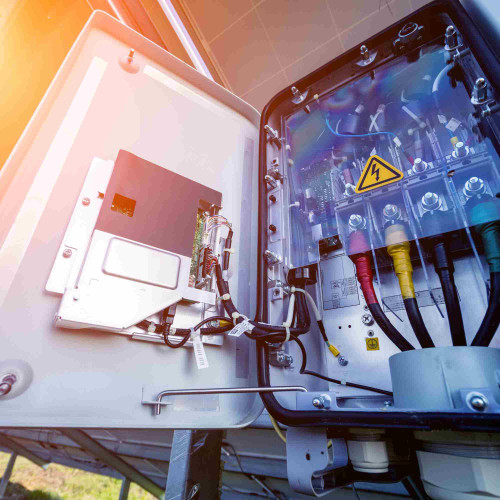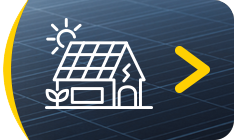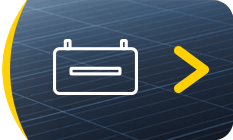- 23 Oct, 2017
- Solar Training

What functions do solar charge controllers have?
A solar charge controller, also known as a charge regulator, monitors the energy status in solar batteries. This function prevents battery discharge and overcharge. In this way:
- Once the battery is fully charged, the controller stops or slows down the charging process.
- Conversely, the controller stops or limits discharge to facilitate usage.
This protects solar energy batteries from damage due to sudden deep discharge. The controller is a standalone device that performs correction and measurement operations independently. It indicates the status of the photovoltaic system (solar panel) and the charge status of the solar energy battery using LEDs or a digital screen.
What information do solar charge controllers provide?
All controllers typically display the charge level and provide alerts regarding incidents in the solar energy battery. Additionally, they protect the solar module array from potential damage such as arcs, discharges, overcharges, and significant temperature differentials. When choosing a more advanced solar charge controller, additional features such as WLAN connectivity, triggered alarms, or even data logging for analysis may be available. The latest technology in current controllers offers outstanding performance for photovoltaic systems (up to 25% additional energy): this is the MPPT (Maximum Power Point Tracking) model. With its scanning function, it stores the strongest power output point and adjusts the voltage accordingly.
Key criteria for selecting a solar charge controller:
It is important to know the voltage the device can support (12V, 24V, or 48V). Additionally, choose a maximum current rating higher than that of the solar modules or the connected circuit. A safety margin of 10% to 20% should be considered. Depending on your needs, you can opt for solar charge controllers with integrated or optional advanced functions:
- Selection of different charging modes, programming of standby mode, or fast charging function.
- Digital information screen instead of LED displays.
- Automatic activation of various additional power sources (connection to a generator or the grid).
- Temperature compensation system for battery charge measurement.
- Connected system (via WLAN or a computer system).











